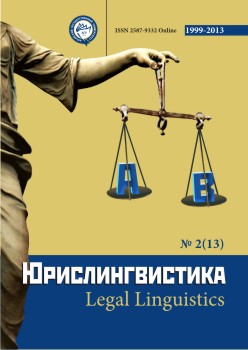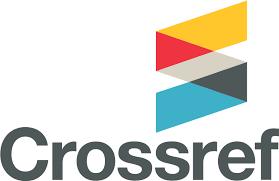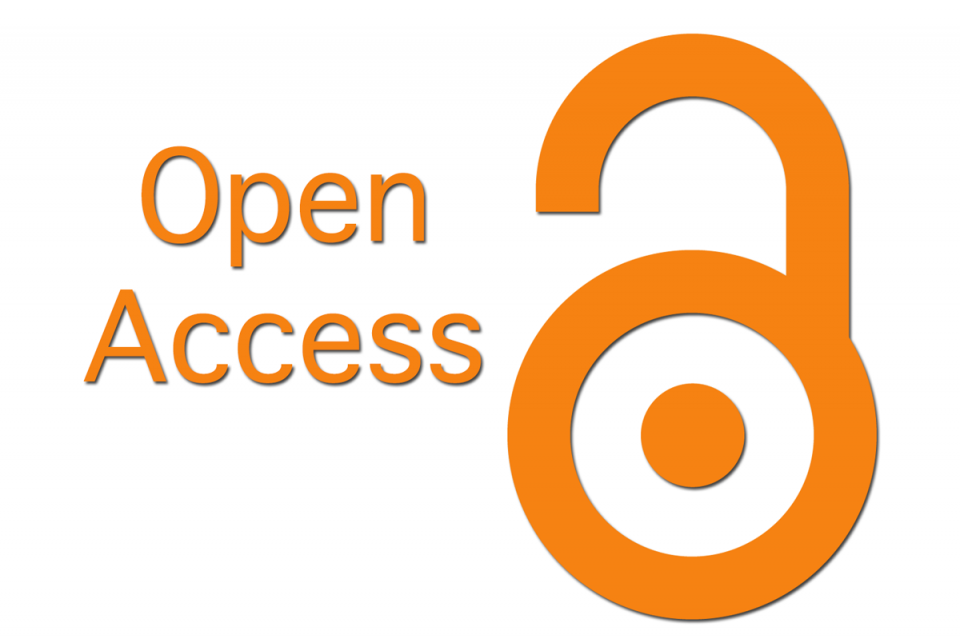NON-VERBAL BEHAVIOR OF A PERSON IN THE ASPECT OF LINGUO-FORENSIC RESEARCH
Abstract
In the article on the base of audiovisuals materials, that have evidential significance, the problem of non-verbal conduct of a person in the investigative and judicial practice interpreting is described.
Downloads
Metrics
References
Армстронг, Н. Толковый словарь языка жестов. М., 2007.
Контекст: ...В целом этот жест «создает символическую преграду, которая не позволяет человеку делать то, что он делает, так что он должен понять, что вы требуете от него прекратить это» [Армстронг, 2007, с.221-222].
Крейдлин, Г.Е. Невербальная семиотика. М., 2002
Контекст: ...а (наука о языке глаз и визуальном поведении людей во время общения), гаптика (наука о языке касаний и тактильной коммуникации) и проксемика (наука о пространстве коммуникации, его структуре и функциях) [Крейдлин, 2002].
Лабунская, В.А. Проблема обучения кодированию-интерпретации невербального поведения//Психологический журнал. 1997. -Т. 18. -№5. -С.85-95.
Контекст: ...и узнаваемым; 2) мы должны быть способны переводить наши чувства и намерения в невербальные средства ("кодировать"); 3) наблюдатель должен быть способен к интерпретации невербальных знаков ("декодировать") [Лабунская, 1997].
Леонтьев, А. А., Шахнарович, А.М., Батов, В.И. Речь в криминалистике и судебной психологии. М., 1977
Луценко, О.А. Невербальные коммуникации при расследовании преступлений // Актуальные проблемы современной криминалистики // Материалы научно-практической конференции: В 2-х ч., Симферополь - Алушта, 19-21 сентября 2002 г. - Симферополь, 2002. - С. 137-144
Серль, Дж.Р. Классификация иллокутивных актов/Пер. В.З.Демьянков//Новое в зарубежной лингвистике. Вып.17. М., 1986г.
Copyright (c) 2017 Юрислингвистика

This work is licensed under a Creative Commons Attribution 4.0 International License.
The authors, which are published in this journal, agree to the following conditions:
1. Authors retain the copyright to the work and transfer to the journal the right of the first publication along with the work, at the same time licensing it under the terms of the Creative Commons Attribution License, which allows others to distribute this work with the obligatory indication of the authorship of this work and a link to the original publication in this journal .
2. The authors retain the right to enter into separate, additional contractual agreements for the non-exclusive distribution of the version of the work published by this journal (for example, to place it in the university depository or to publish it in a book), with reference to the original publication in this journal.
3. Authors are allowed to post their work on the Internet (for example, in a university repository or on their personal website) before and during the review process of this journal, as this may lead to a productive discussion, as well as more links to this published work (See The Effect of Open Access).











